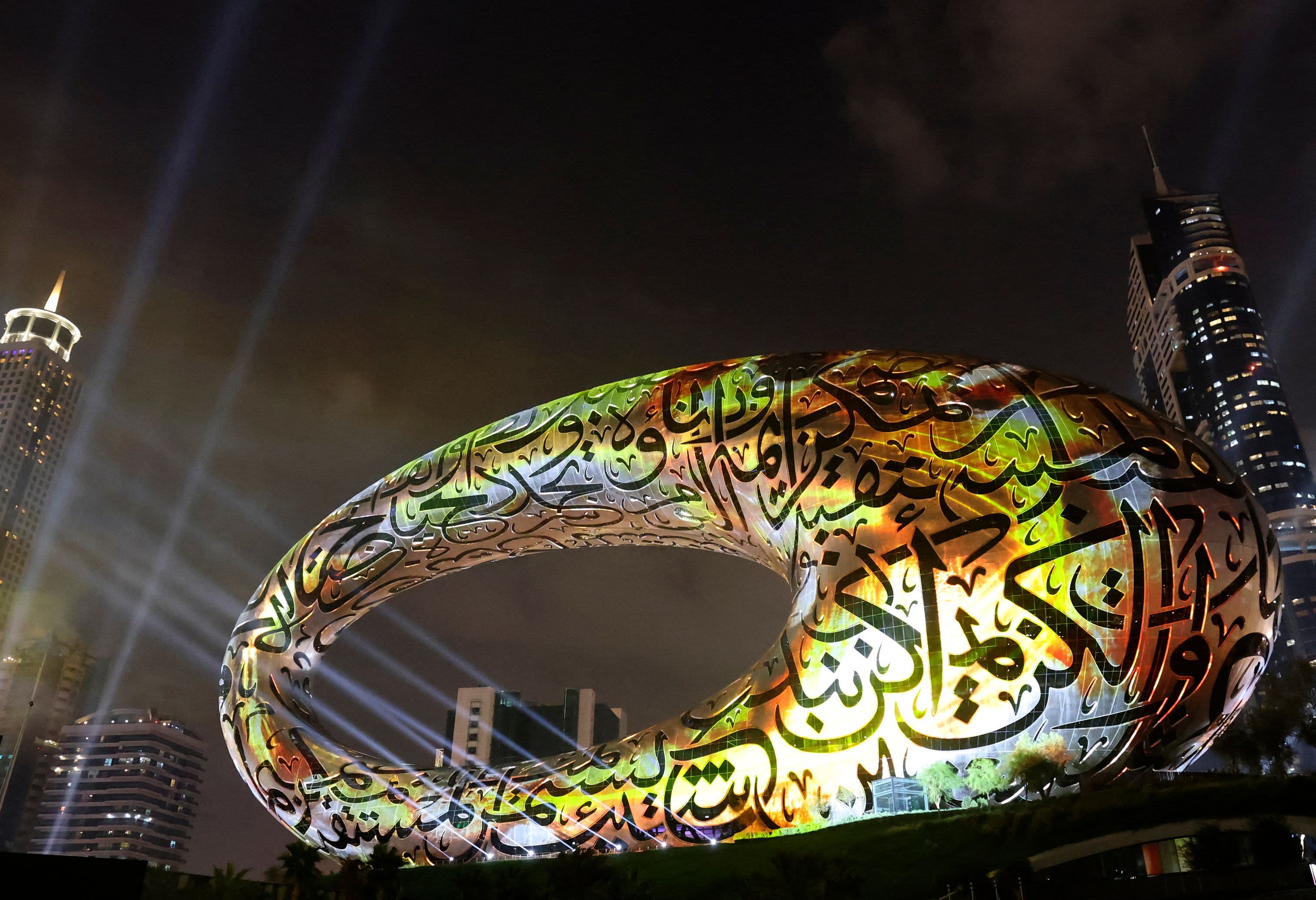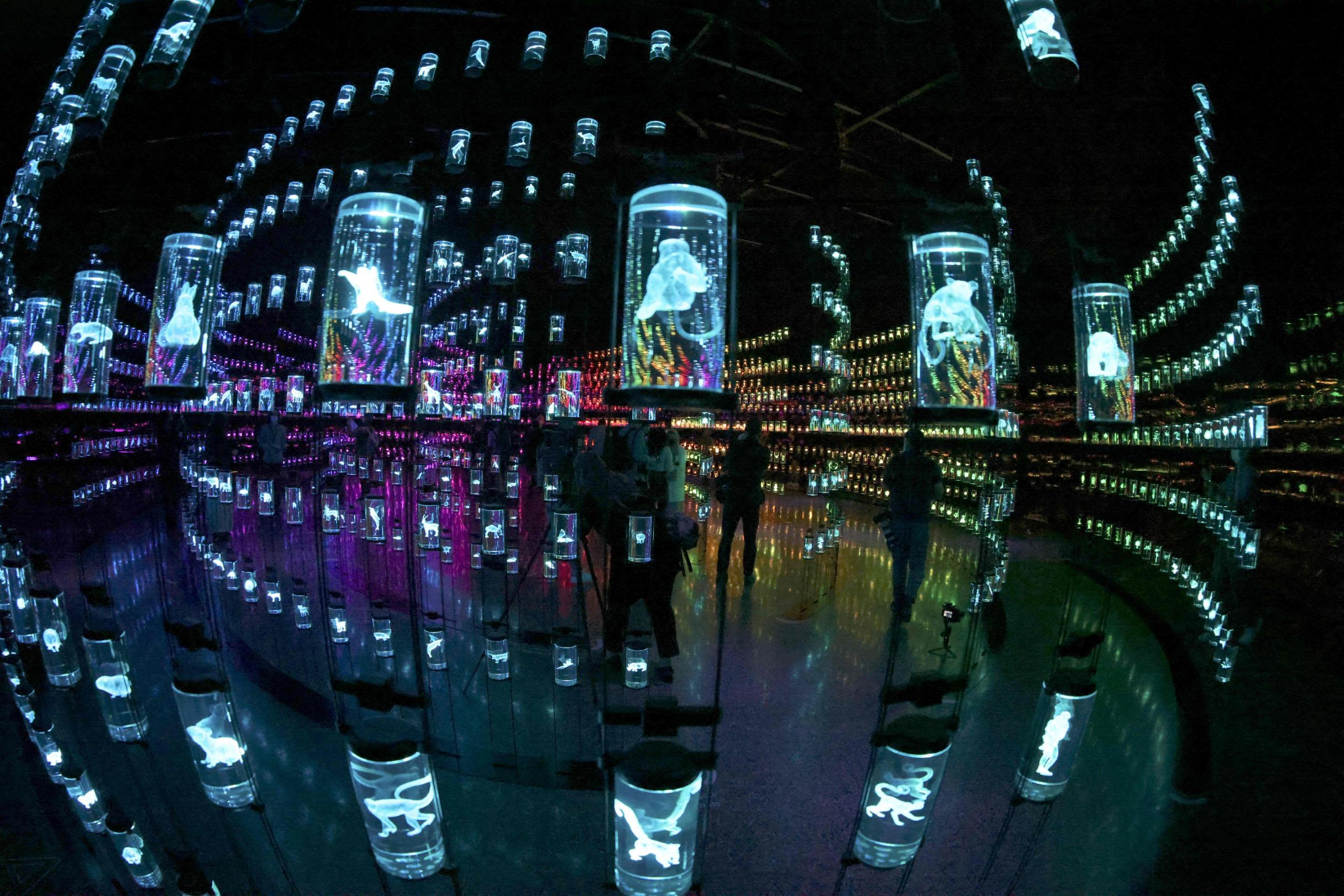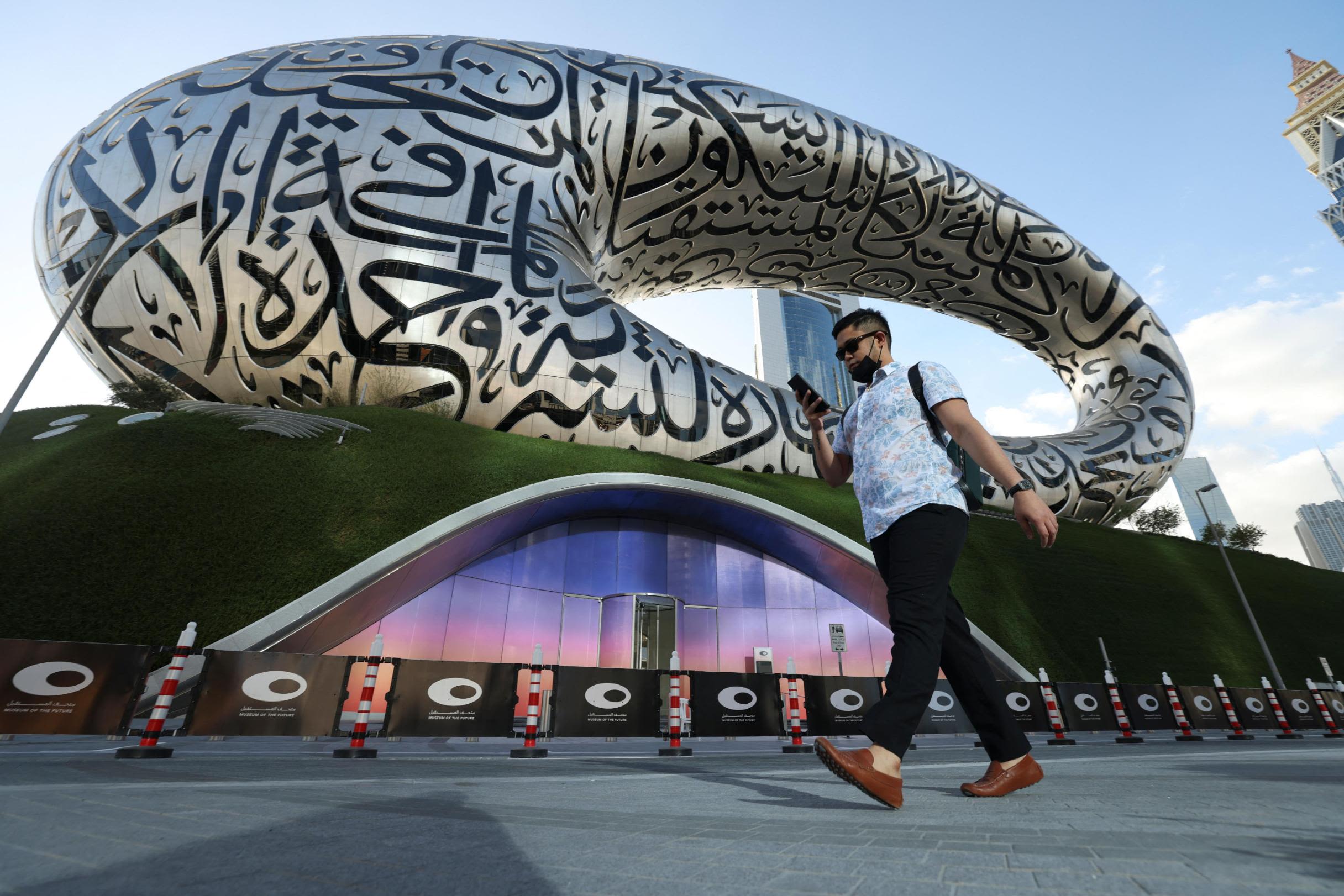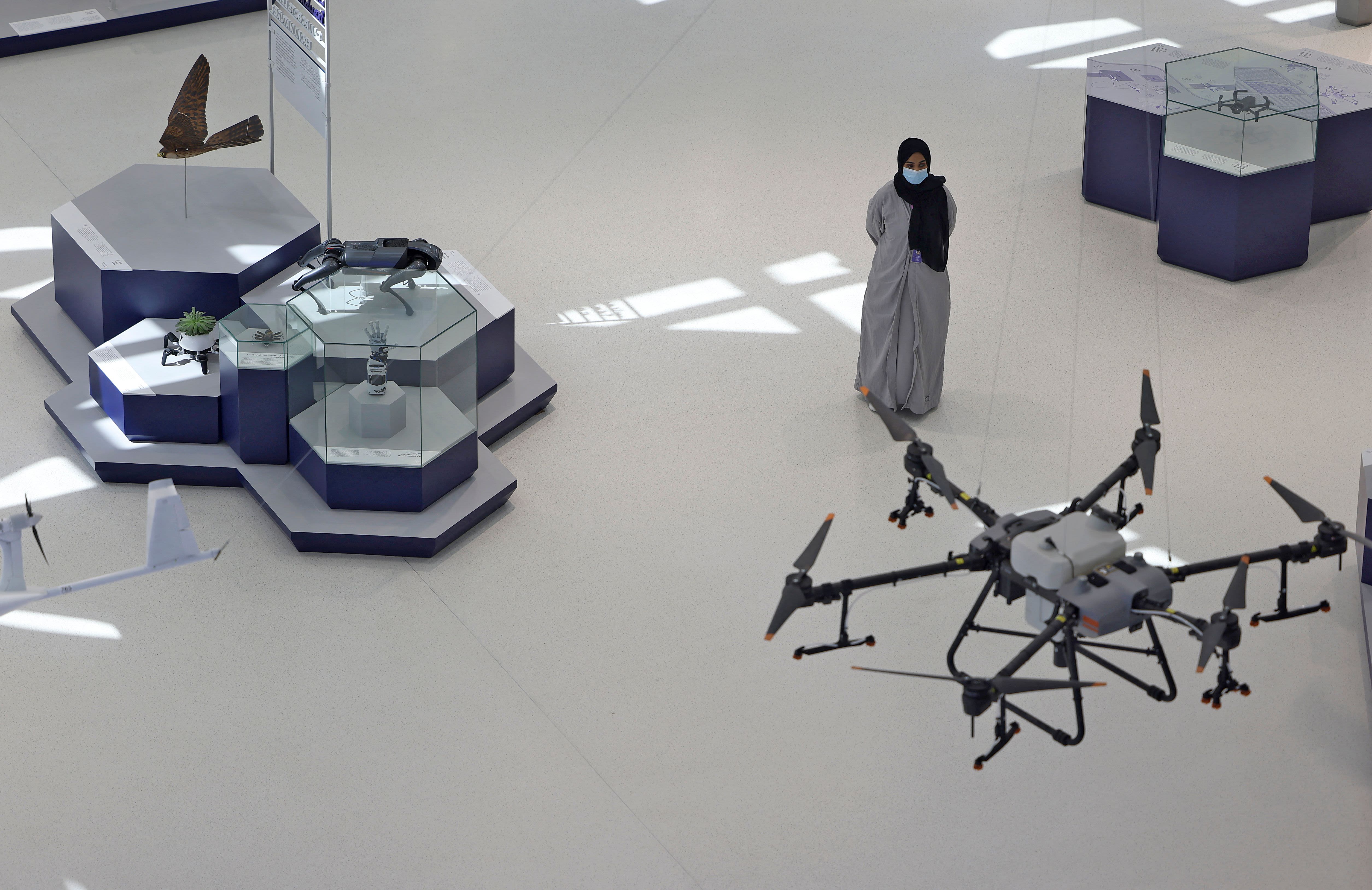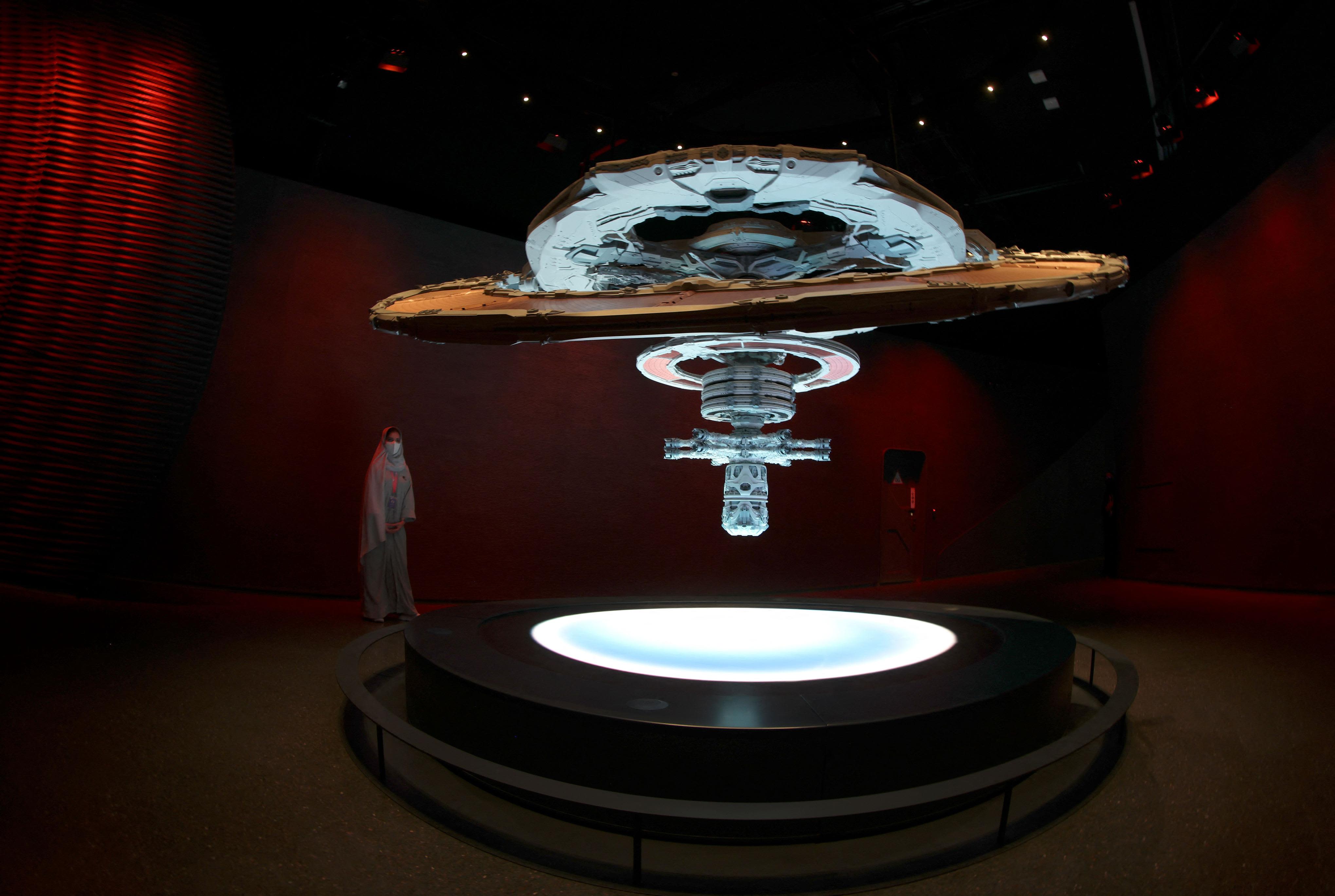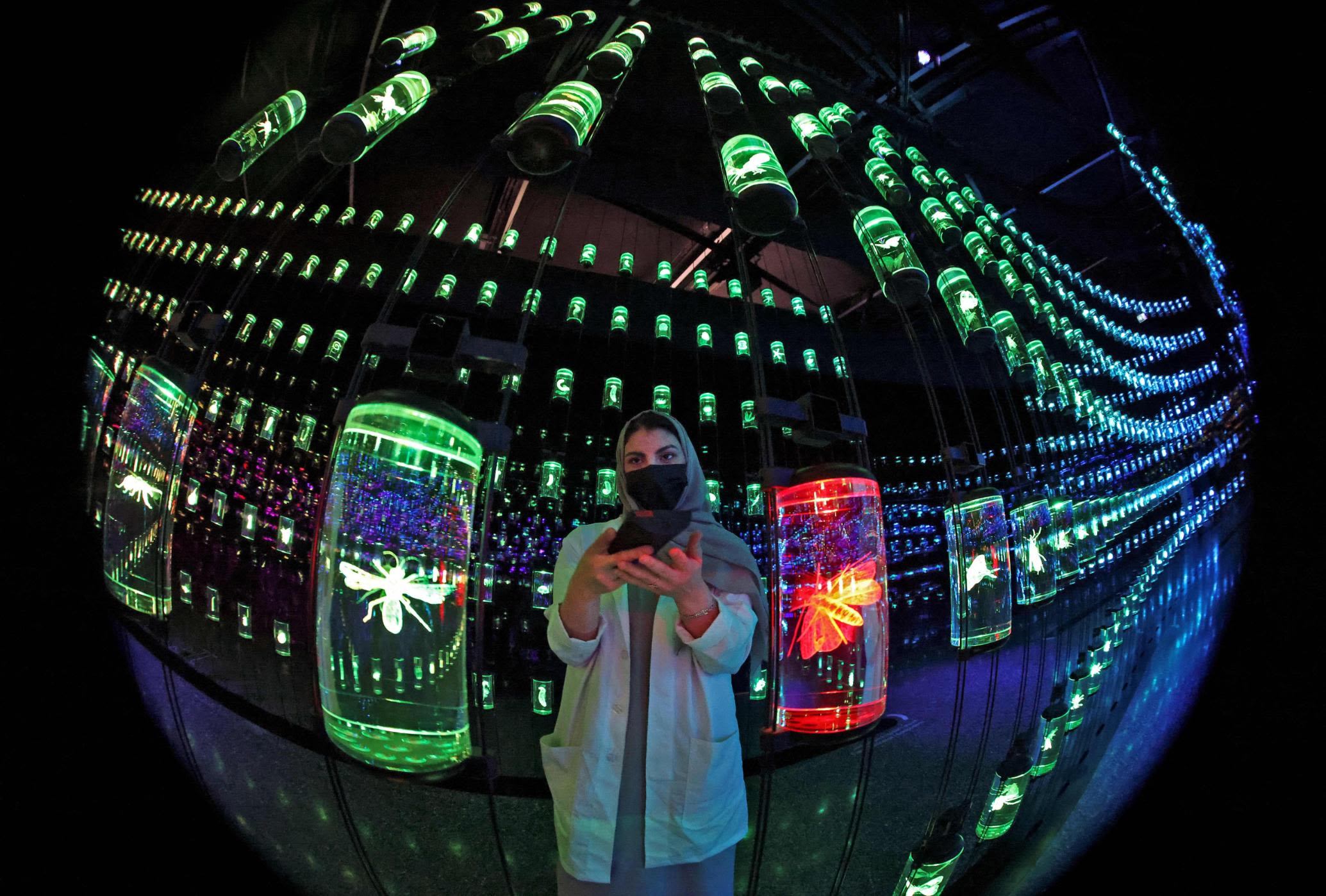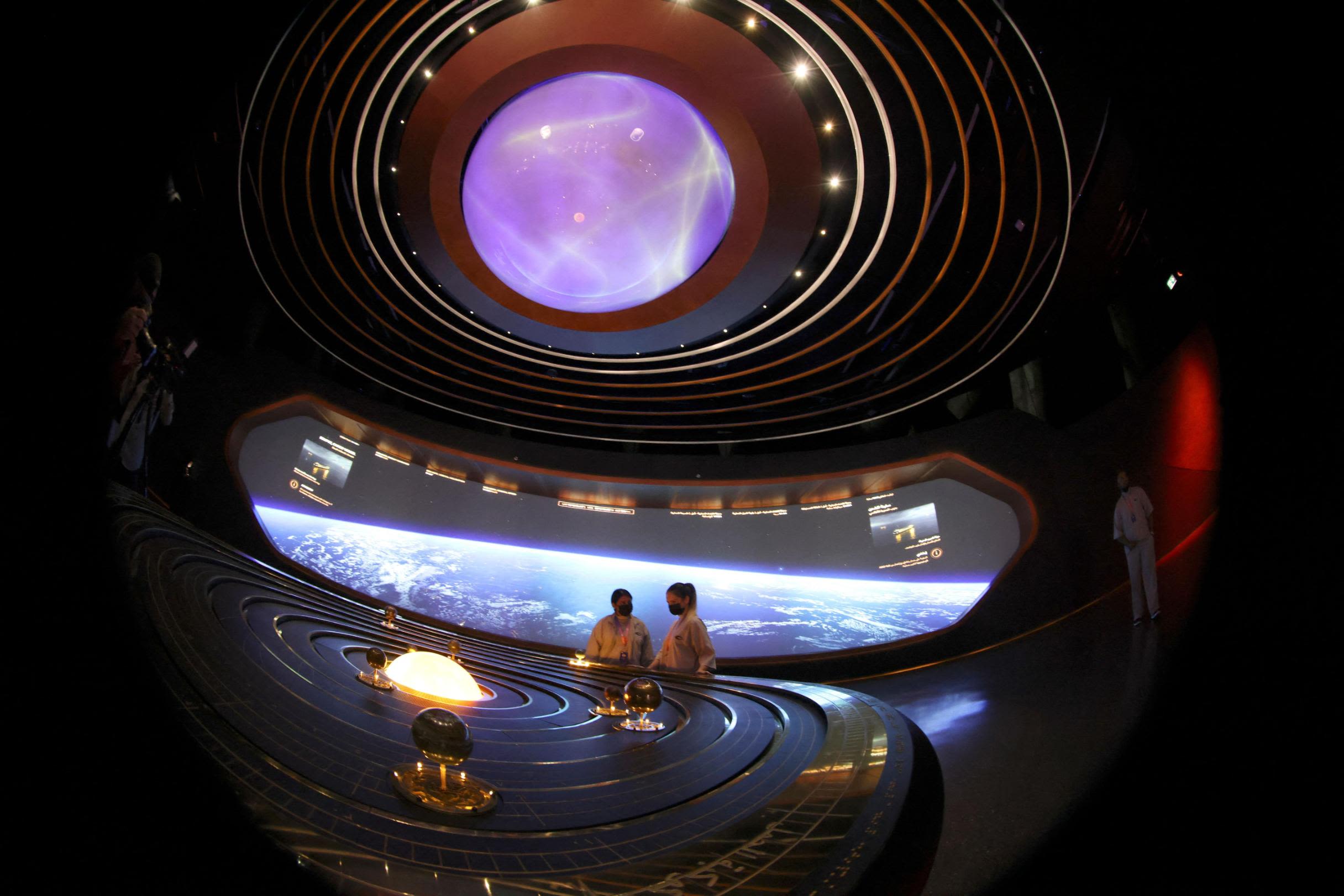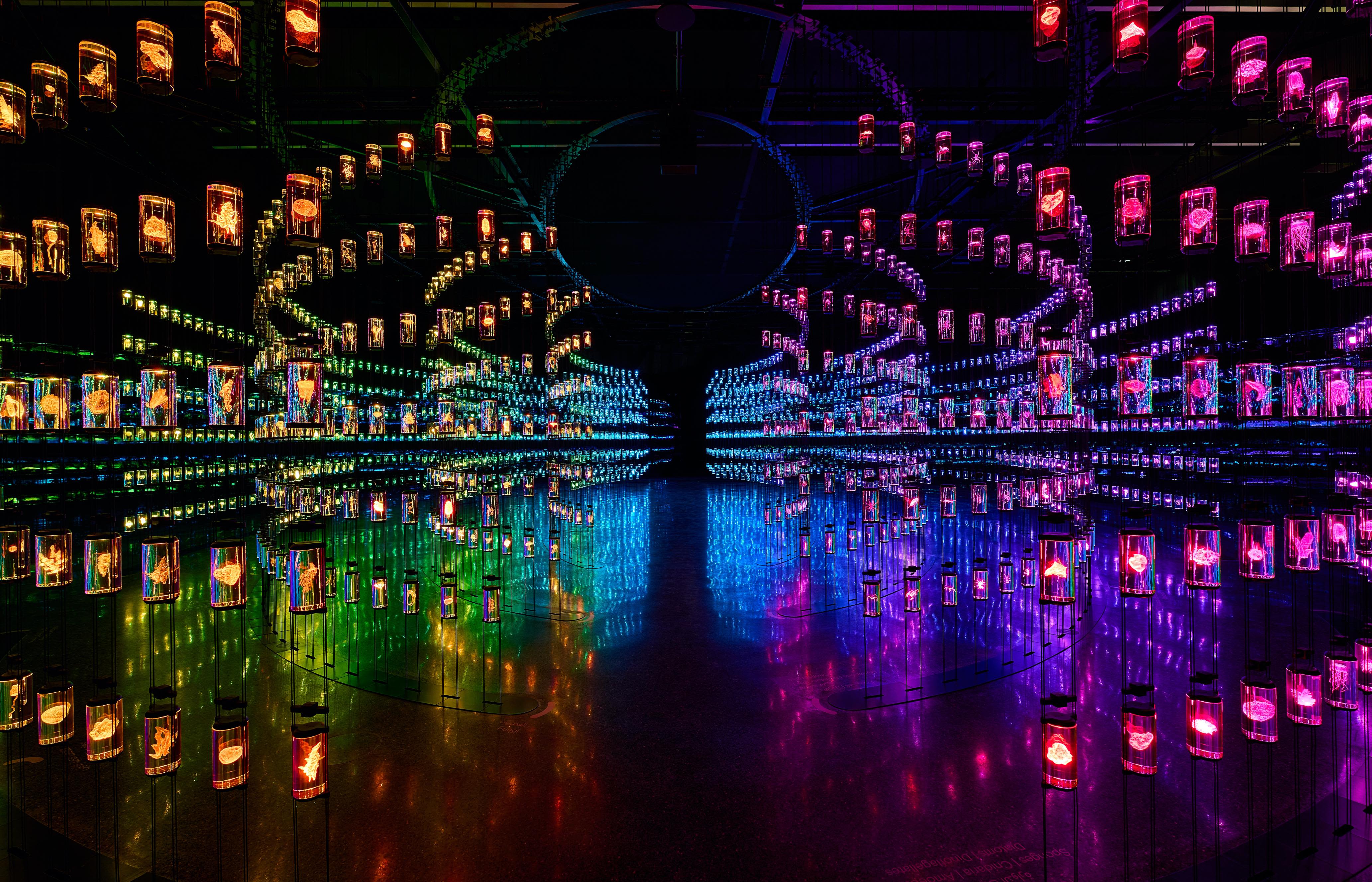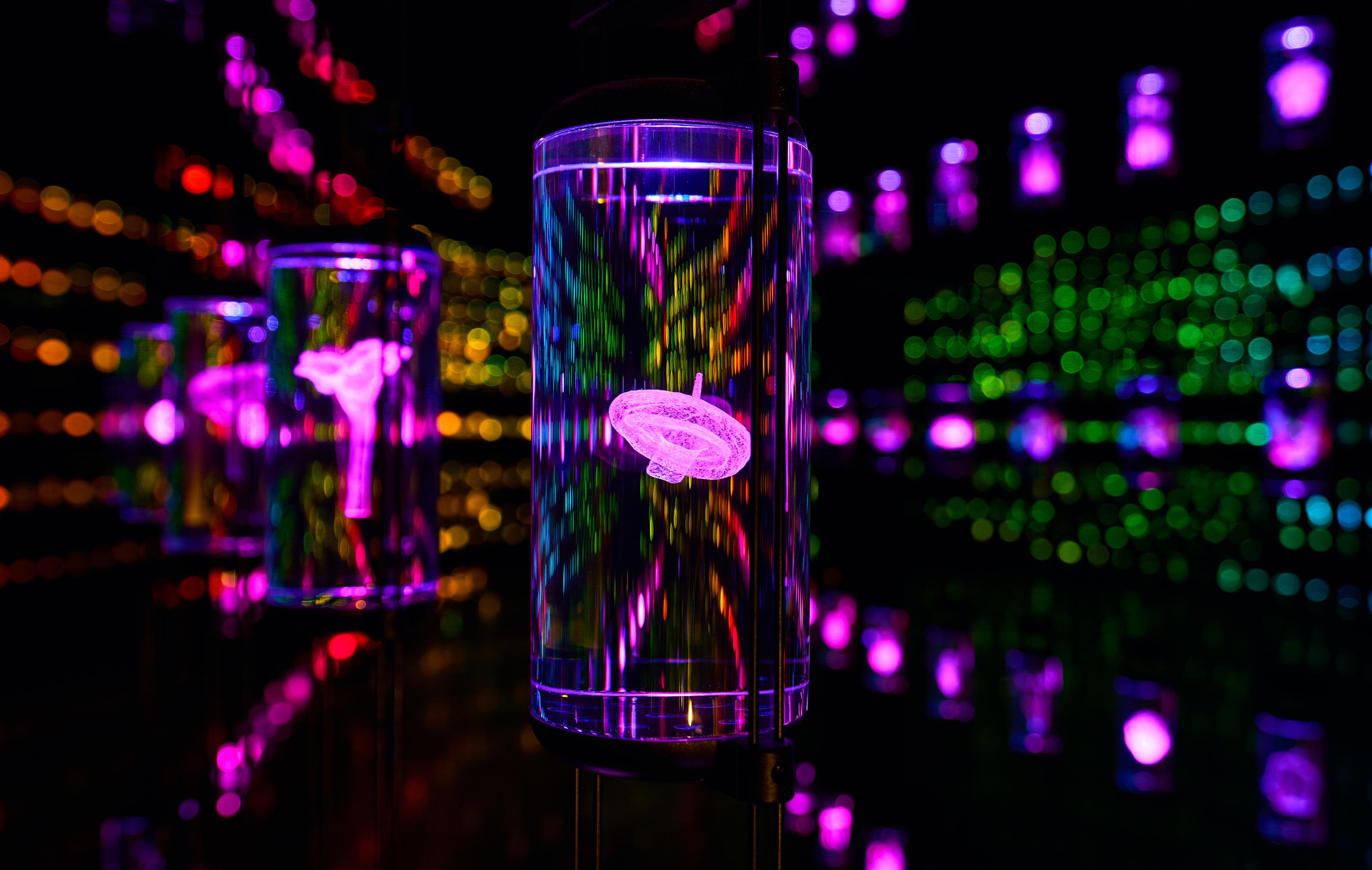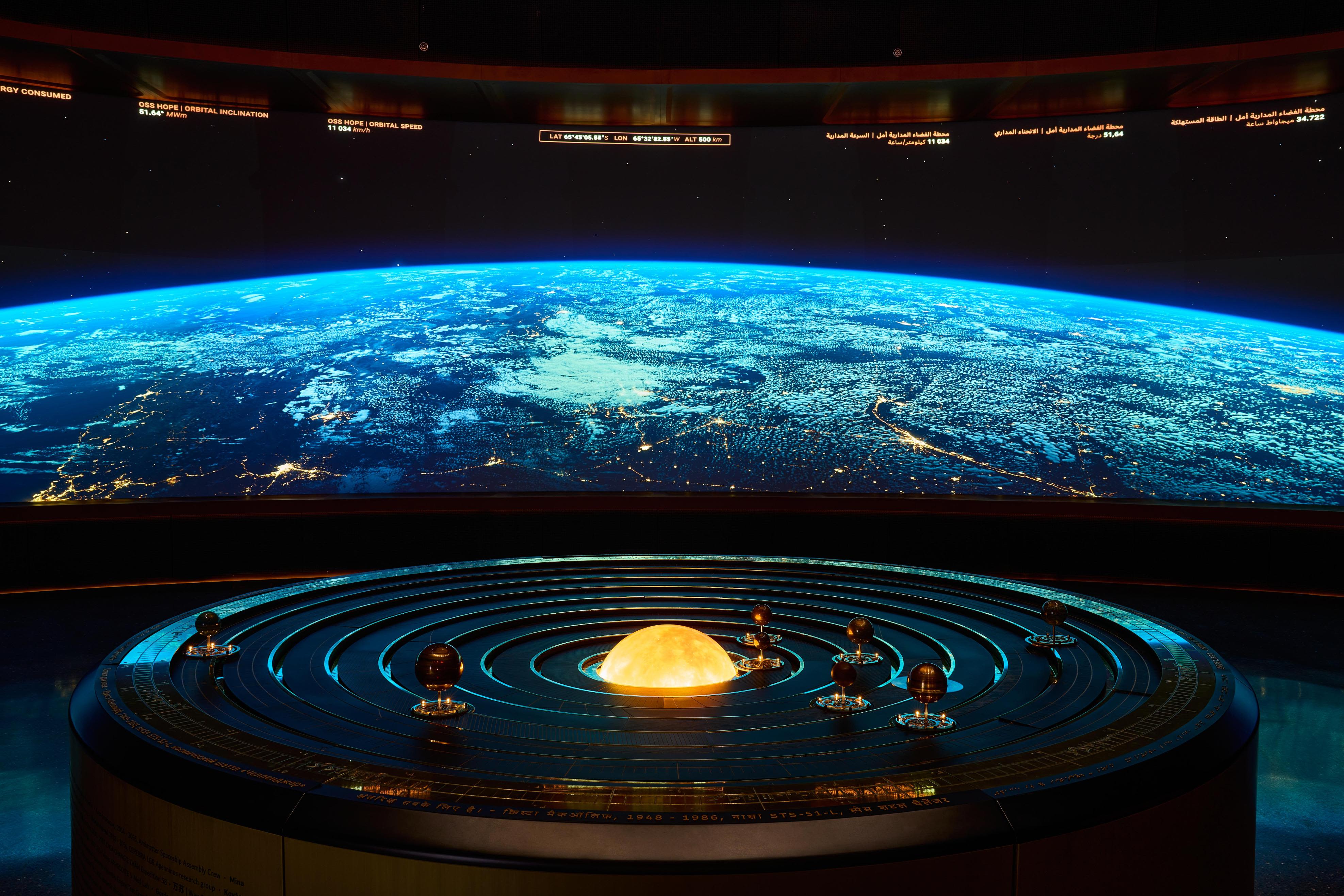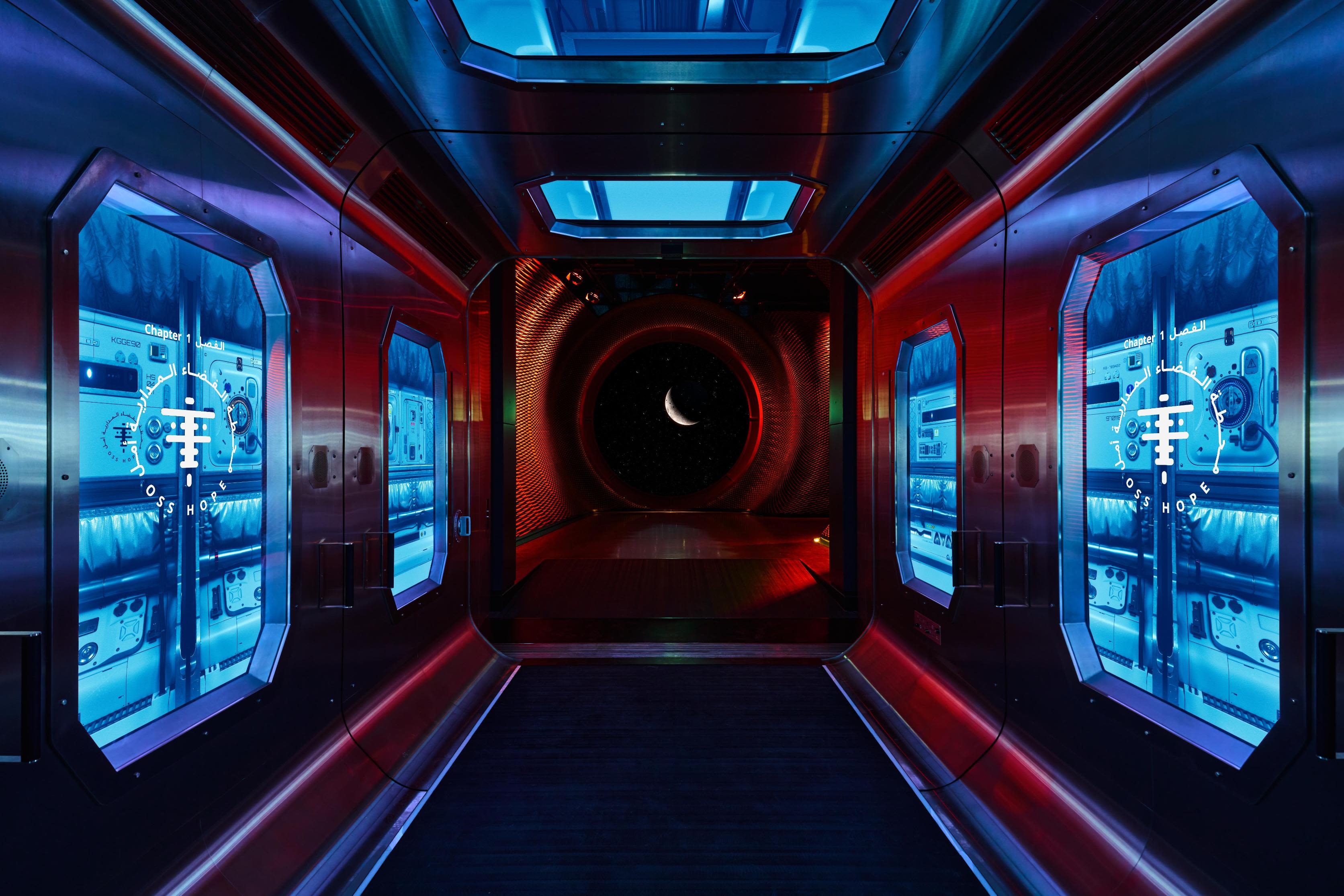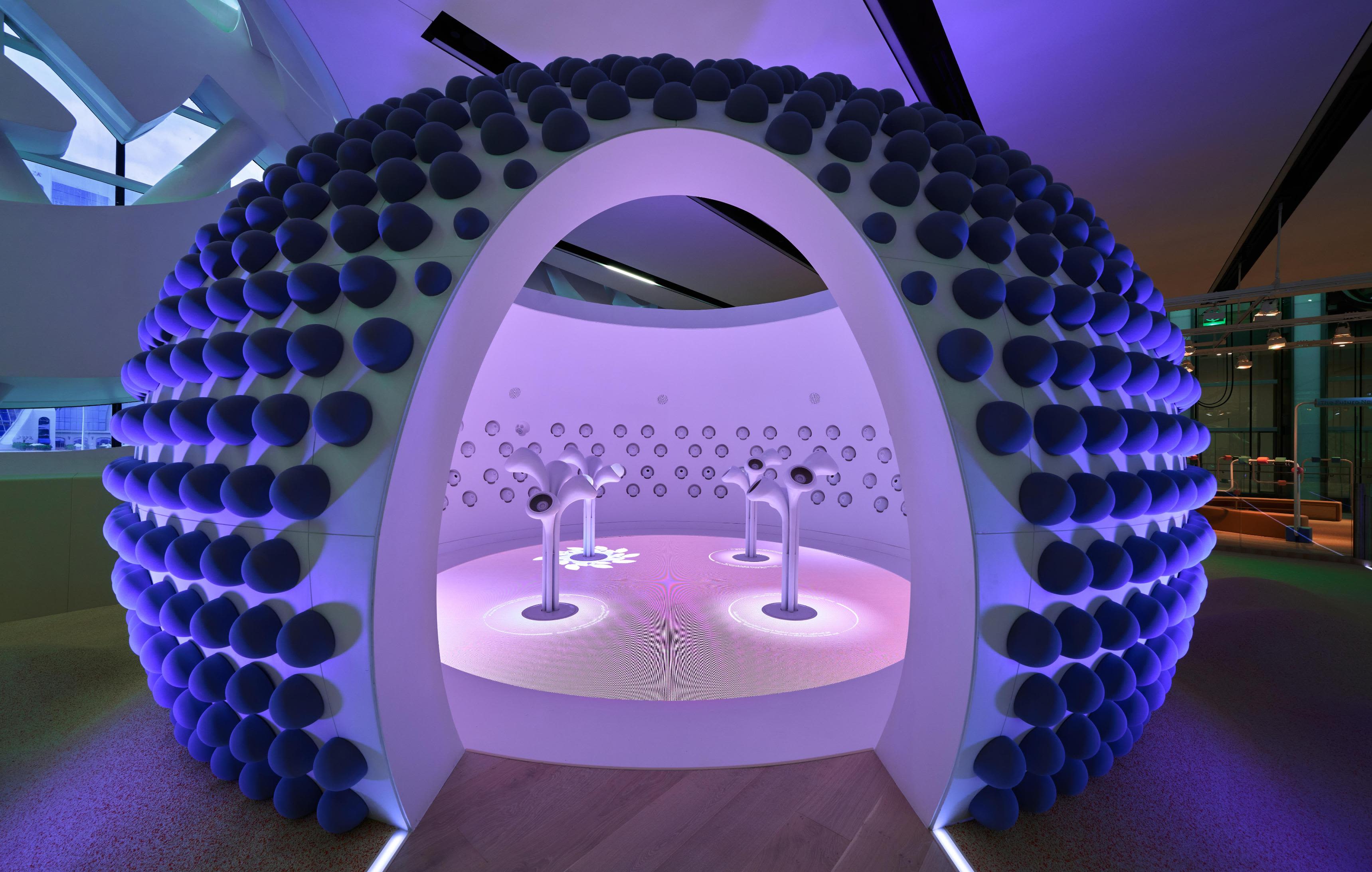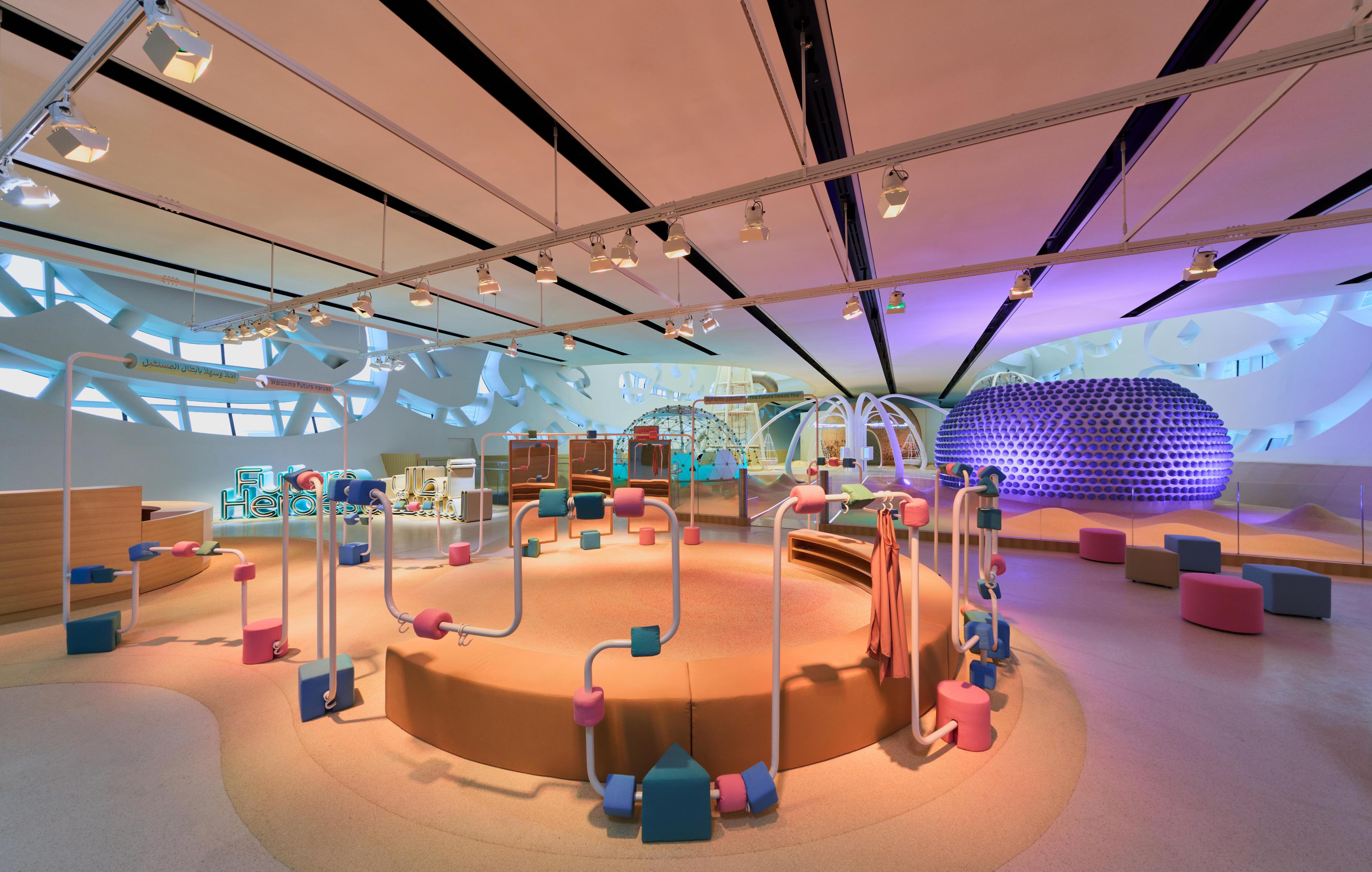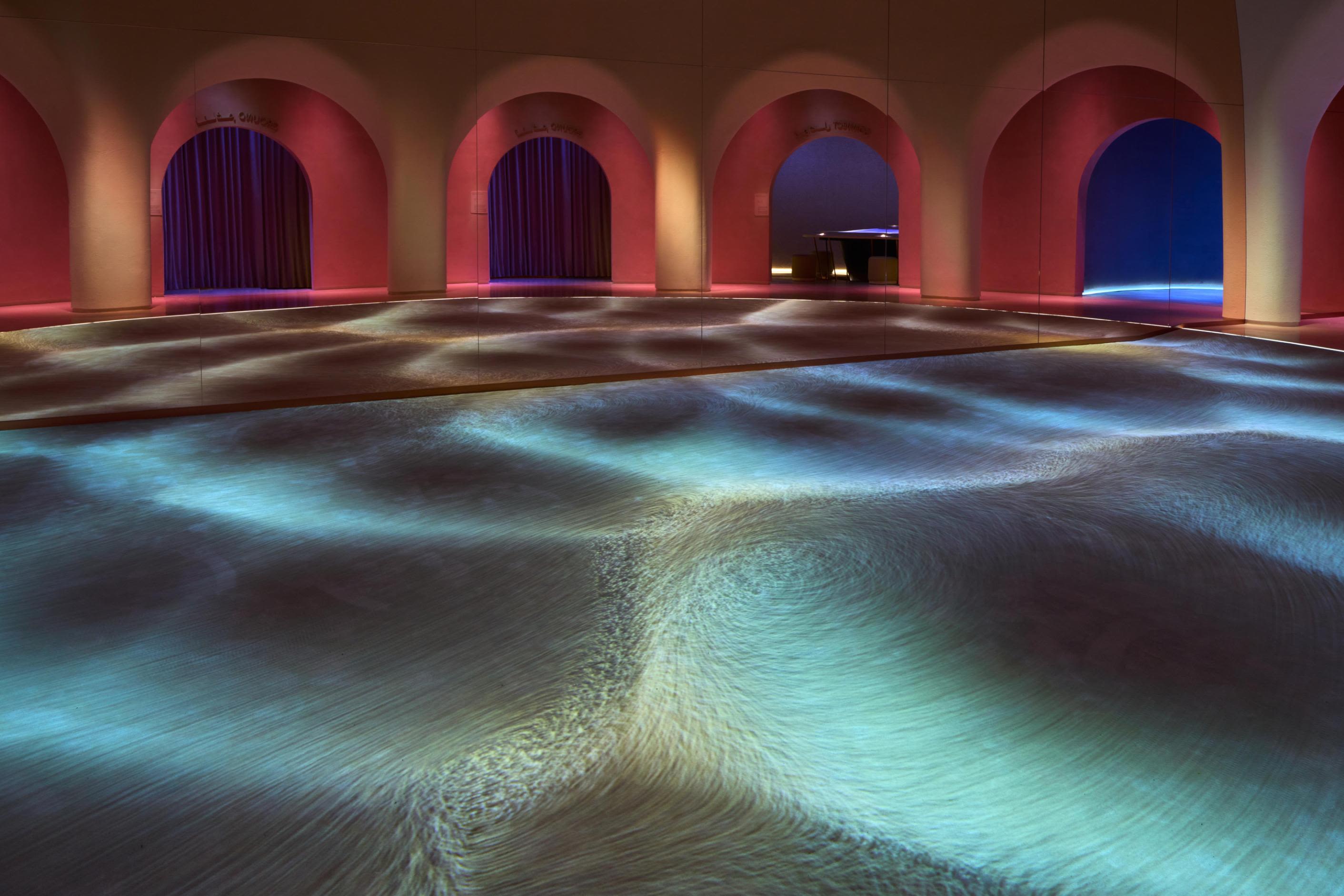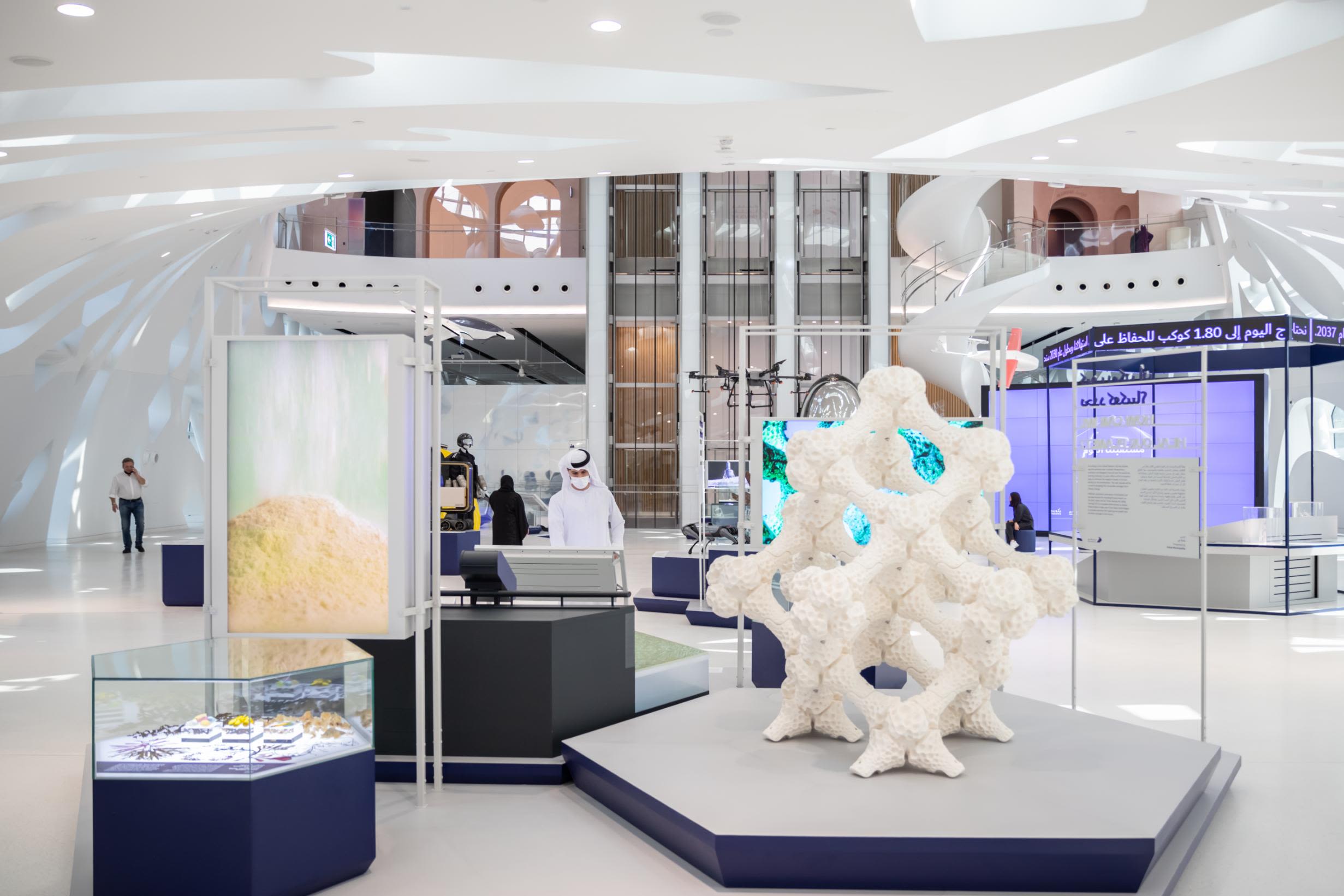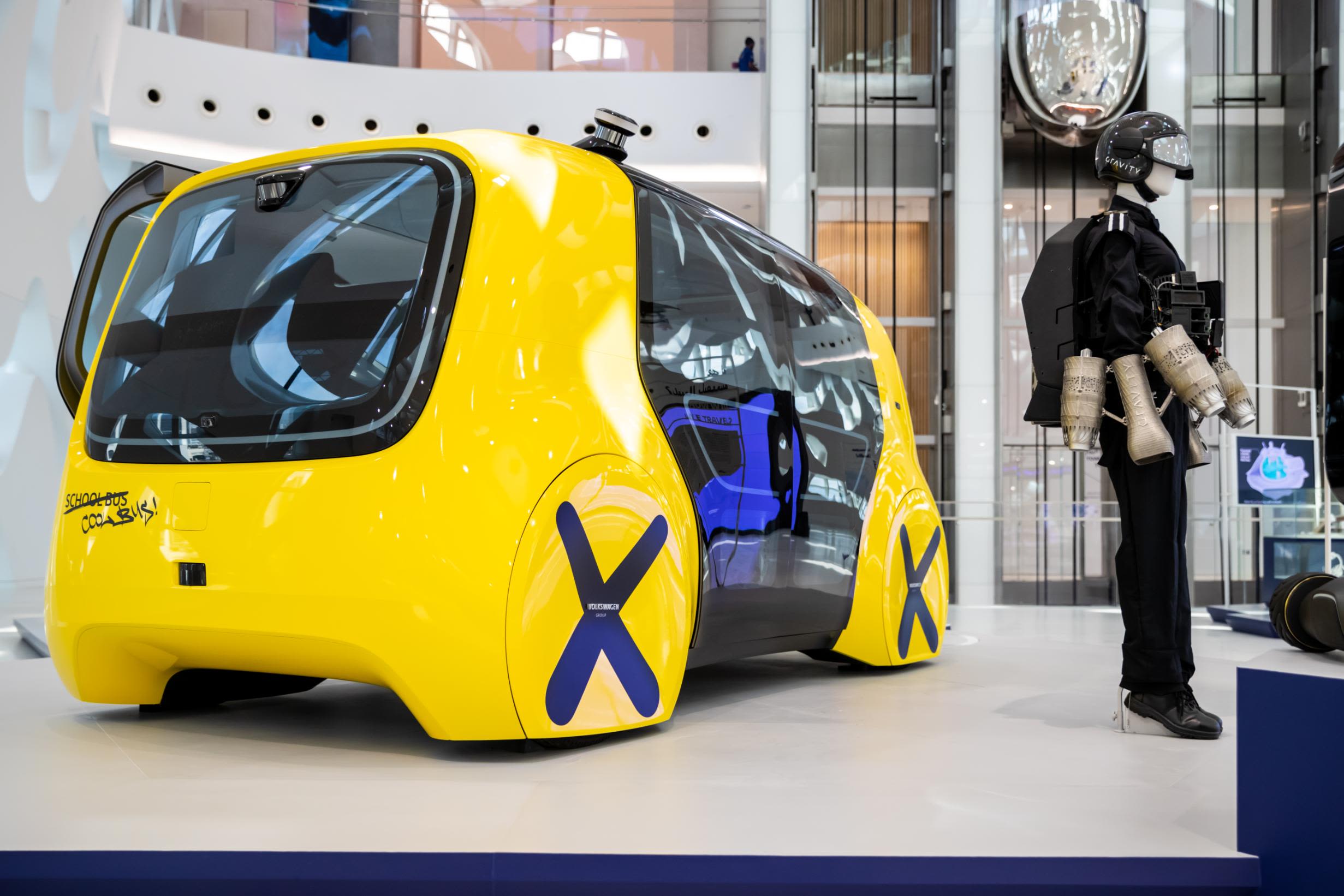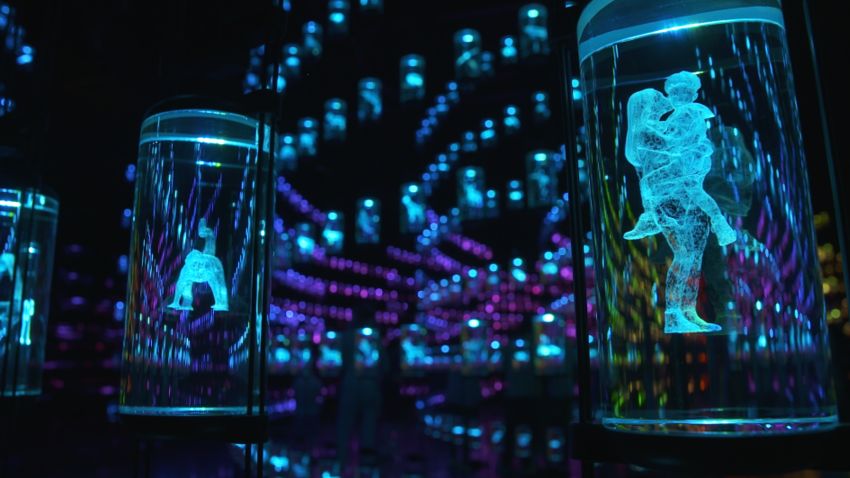Editor’s Note: This CNN Travel series is, or was, sponsored by the country it highlights. CNN retains full editorial control over subject matter, reporting and frequency of the articles and videos within the sponsorship, in compliance with our policy.
When it finally opened in February 2022, Dubai’s new Museum of the Future was already one of the city’s favorite buildings. And how could it not be? For six years, residents and visitors alike had curiously watched every step of the construction process of this shimmering silver landmark located on Dubai’s main highway, Sheikh Zayed Road.
The geometric skeleton really began to take shape when the calligraphy-covered metal plates were added. Once in place, a team of workers abseiled down the curved sides on a daily basis, drawing gazes and phone cameras, with everyone wondering just exactly what they were doing.
Upon opening, Dubai’s ruler Sheikh Mohammed bin Rashid Al Maktoum declared the 77-meter-high stainless steel torus “the most beautiful building in the world,” while Architectural Digest called it “an instant (and highly Instagrammable) icon.”
It’s another superlative for the city, and a piece of architecture that’s light years ahead of anything Dubai and the world have ever seen before.
The future we know, and the future we don’t yet know
Most museums show exhibits from the past or the present, so what exactly is a museum of the future?
“Each of the floors represents the future of healthcare, transportation, aviation, smart cities, government services, space travel, you name it,” explains Shaun Killa, design partner of Dubai-based Killa Design, the architecture studio behind the building. “But it’s the future as we understand it for maybe the next two to three years.”
The green mound that the Museum of the Future sits upon represents Earth, with the main building symbolizing humanity. But the void at the center represents what we don’t yet know about the future. In other words, the unknown.
“The people who seek the unknown are the people who invent and discover things,” says Killa. “These people will constantly replenish the museum over time, so there’s a perpetual continuum because of the unknown. That’s why the void is there – you have our understanding of the future, and then you have something that isn’t there.”
It’s existential stuff.
What that currently translates to is a collection of interactive experiences that takes visitors into a vision of the near future.
In the cavernous lobby, a penguin-shaped drone swims through the air to a futuristic soundtrack of bleeps and bloops. An elevator, masquerading as a spacecraft with screens for windows, shoots visitors upwards on a four-minute flight to the OSS Hope space station, 600 kilometers above the earth and 50 years into the future.
There’s a library of 4,500 animal DNA codes to “collect” on smart devices. The future tech area has a touch of “Black Mirror” about it, ranging from the frankly terrifying CyberDog to under-skin payment chips, virus-resistant clothing and a falcon-shaped robot designed to control real bird populations.
But the real beauty is the space itself, and the museum’s now immediately recognizable shape. “It needed to be futuristic, and needed a sense of direction,” says Killa. “If it had been a perfect oval, it would have been stagnant.” The torus form and off-center void give a feeling of perpetual motion. “There’s a sense that it’s constantly in movement. The future is always moving, and you’ve got to keep up with it.”
A window on the future
The Arabic calligraphy that covers the building functions as windows as well as decoration. The script, written by Emirati artist Mattar Bin Lahej, is based on three quotes from Sheikh Mohammed, the most famous of which is “The future belongs to those who can imagine it, design it, and execute it. It isn’t something you await, but rather create.”
The calligraphy, in the classical Thuluth Arabic script, was first sketched out by hand by Bin Lahej, who describes the museum not as a building but as “an art piece.” But the torus proved tricky. “The challenge was how to mix the three quotes on the building when it doesn’t have corners, and it’s an oval going up and down,” he says.
This was also a challenge for Killa and team. “It took us four and a half months to figure out how to take something flat and stick it on a building that’s parametrically designed, and that’s just swept arcs with no ‘surface,’” he says. Eventually, they decided to use film-making software, “the kind you use when you need to put fur on a dinosaur,” according to Killa. The team tricked the software by cutting the building into pieces, pretending that it wasn’t one continuous surface by “removing” the top.
‘What is this? I don’t understand.’
The final iteration of the Museum of the Future was selected from designs submitted through a six-week competition.
Three weeks in, with sketches covering his dining room table, Killa hit a snag. “I looked at them and I just thought, they’re not good enough. None of them. I didn’t believe that any of them matched Sheikh Mohammed’s vision, and I didn’t believe any of them were good enough to win,” he says.
The following day, already going into week four of the competition, he still wasn’t happy. “I put some great music on and just sat there and absorbed it all. And then at about 1 a.m. I drew the sketch that’s now in a frame on the wall of our office. I drew it and thought this is it, this is exactly what it needs to be. So I took a pic, WhatsApped it to the guy doing the 3D modeling, thought my job’s over now, and went to sleep.”
In the morning, he had a reply on WhatsApp.
“What is this? I don’t understand.”
From aviation to submarine technology
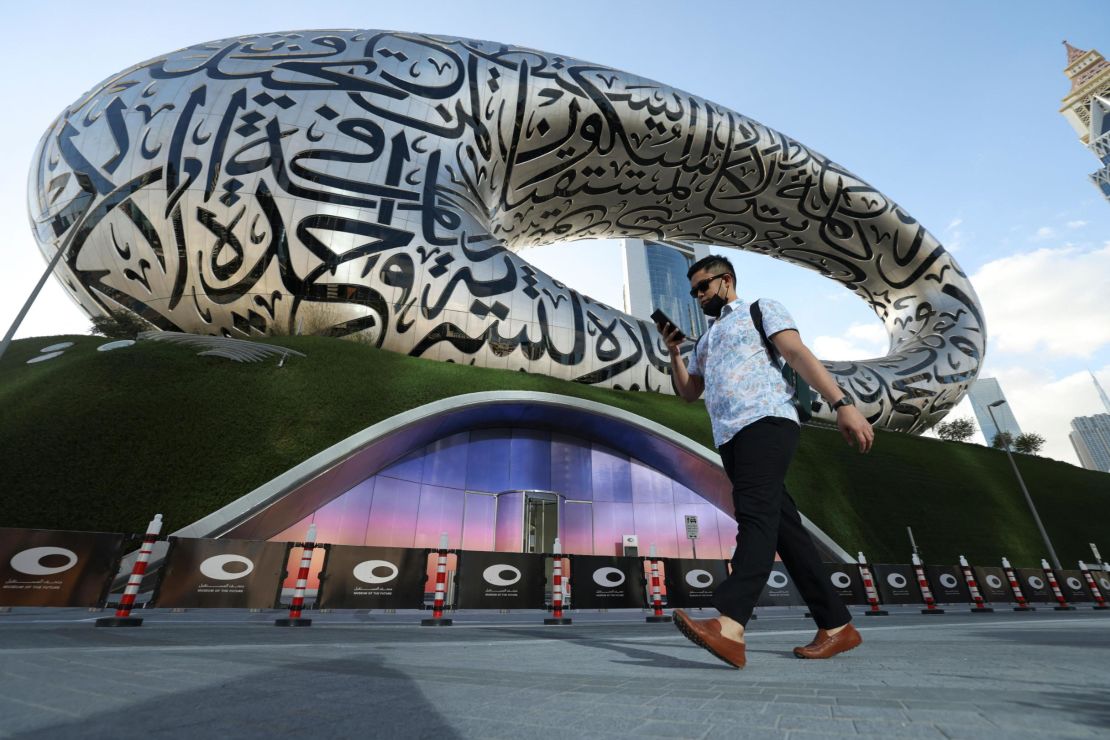
That sketch, once explained, reworked to scale and accurate to within one millimeter, became one of the drawings that ultimately won the competition.
The building is based on a diagrid structure with the skeleton forming the main support. Inside, the space is entirely without columns. Killa wanted it to be on the edge of technology in terms of buildability.
On the building’s surface, the 1,024 panels, representing a kilobyte of data, were cut with Computer Numerical Control (CNC) machines. And every single one of those panels is different.
“We went to the aviation industry to understand how they put stainless steel on the front of airplane wings and around engines, and bond it chemically and mechanically to carbon fiber,” says Killa. “That’s essentially what we were doing.”
For the spiral staircase in the lobby, the tallest double helix staircase in the world, they looked for inspiration underwater. “The contractor told us it was impossible, and that we’d designed something too difficult to make. We said we’re sure there’s someone who can make it because it’s effectively a spring,” says Killa. The answer? Finding a manufacturer of submarine noses who had the technology and equipment to bend the steel.
Was there ever a point when Killa thought it might not be possible to build what he’d envisioned?
“I knew it could be designed because it’s basically like an egg, and an egg is a very strong form,” he says, adding that throughout the ages, starting with the Pyramids in Giza and the Pantheon in Rome, many of the world’s greatest buildings were at the limits of the technology of their day.
And with all the boundary-pushing technological advancements used by Killa to bring the building to life, the Museum of the Future has brought the future of architecture to life in the Dubai of today.
Museum of the Future, Sheikh Zayed Road, Trade Centre, Trade Centre 2, Dubai, United Arab Emirates
